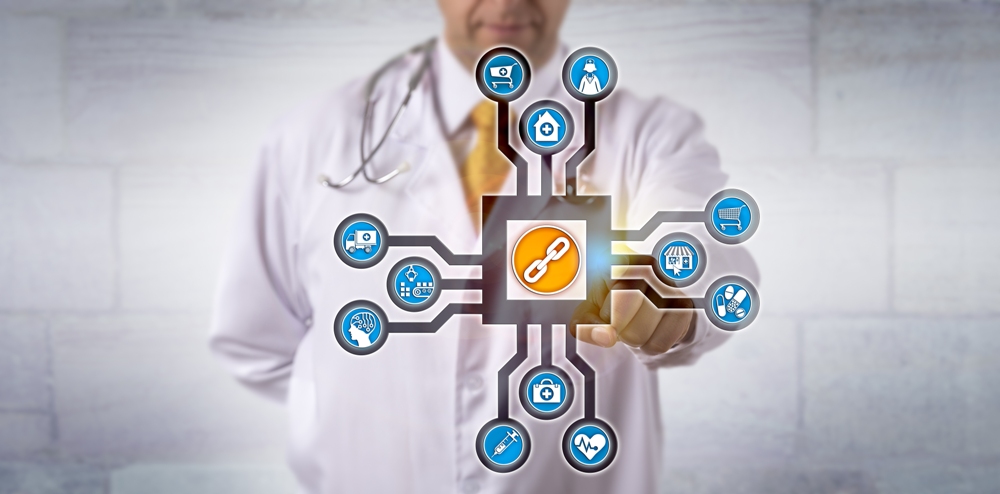
In the IoT market, healthcare devices are the fastest-growing sector. By 2026, it is predicted to reach $176 billion considering the value. IoT is also known as IoMT, the Internet of Medical Things used to manage and monitor several things. From measuring body temperature, heartbeat remotely to monitoring patients, etc., everything can be done. Here are several technologies that have changed the healthcare sector completely.
· Monitoring glucose
Traditionally, glucose monitoring has been tough and inconvenient. While checking manually, if the sugar levels fluctuate, it becomes difficult to address the challenges. By opting for glucose devices, you can eliminate the need to opt for manual testing. It can monitor the results without causing any disruption to patients.
· Checking the heart-rate
Checking heart-rate is a challenge for patients admitted to healthcare units. Also, conventional equipment used in clinics needs to be attached first, making things complicated. But with the help of IoT devices, the heart rate of patients can be monitored continuously, and with that, doctors can have more accurate results. It is said that the tests can provide around 90% precise rates.
· Monitoring patients remotely
Monitoring patients remotely is common with medical IoT solutions. Automatically, it collects all the health metrics, like blood pressure, heart rate, temperature, etc., for patients. It is used for people physically not present in the hospital. The data of patients are collected through IoT devices. It is then forwarded with a software application so that doctors and specialists can look at the reports.
· Hand hygiene monitoring
There is no specific way to ensure if patients and providers have washed their hands in healthcare clinics that can reduce the risk of spreading contagion. But many IoT devices are there reminding people to sanitize their hands while entering the room. The equipment appropriately gives you instructions to sanitize your hands.
· Parkinson’s disease monitoring
Healthcare providers can treat Parkinson’s patients more effectively nowadays through advanced technologies. They can check the severity of the symptoms that keep fluctuating throughout the day. With IoT sensors, it has been easier for specialists to collect data and observe patients remotely.
· Checking the status of depression and mood
Collecting details regarding depression and patients' moods are important to know they are improving. Healthcare professionals ask their patients about how they feel, etc. But they could not anticipate the sudden mood swings, which can be done now by mood-aware IoT devices. By collecting data, like blood pressure, heart rate, etc., the mental state of patients can be understood.
· Ingestible sensors
Gathering information from inside the body of human beings is highly disruptive and messy. No patients enjoy putting a small camera inside their stomach through the digestive tract. With the usage of ingestible sensors, collecting data has been simpler. They are devices that can be swallowed and get dissolved in the human body.
Final thoughts
IoT devices have helped both patients and doctors in different ways. With such devices, patients no longer need to go to healthcare clinics to visit doctors. The IoT devices have made it easy to keep track of patients' health.